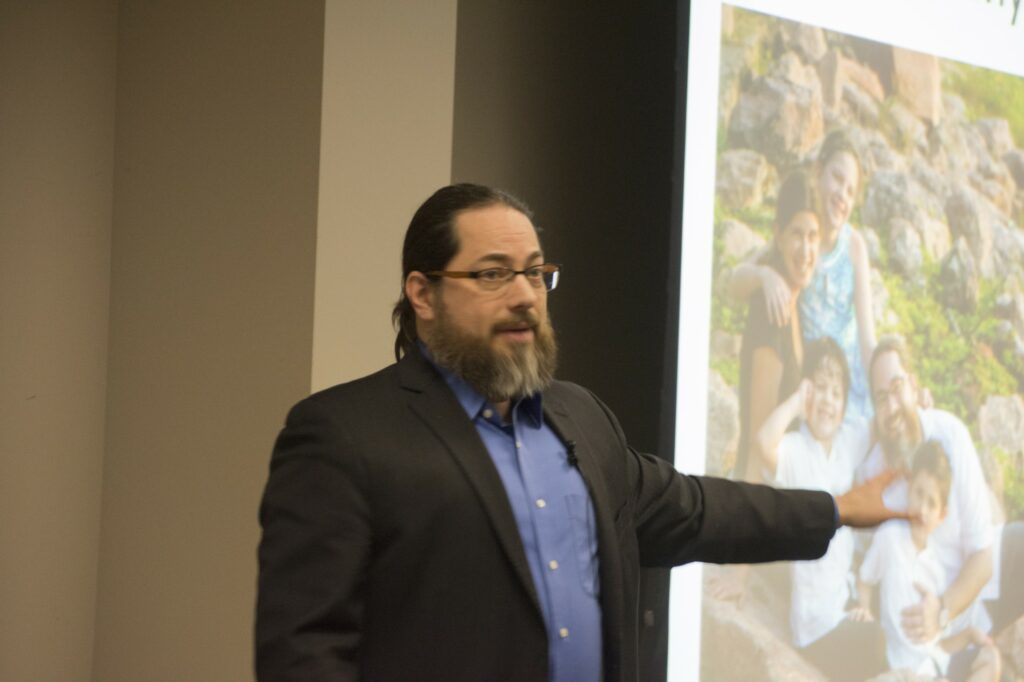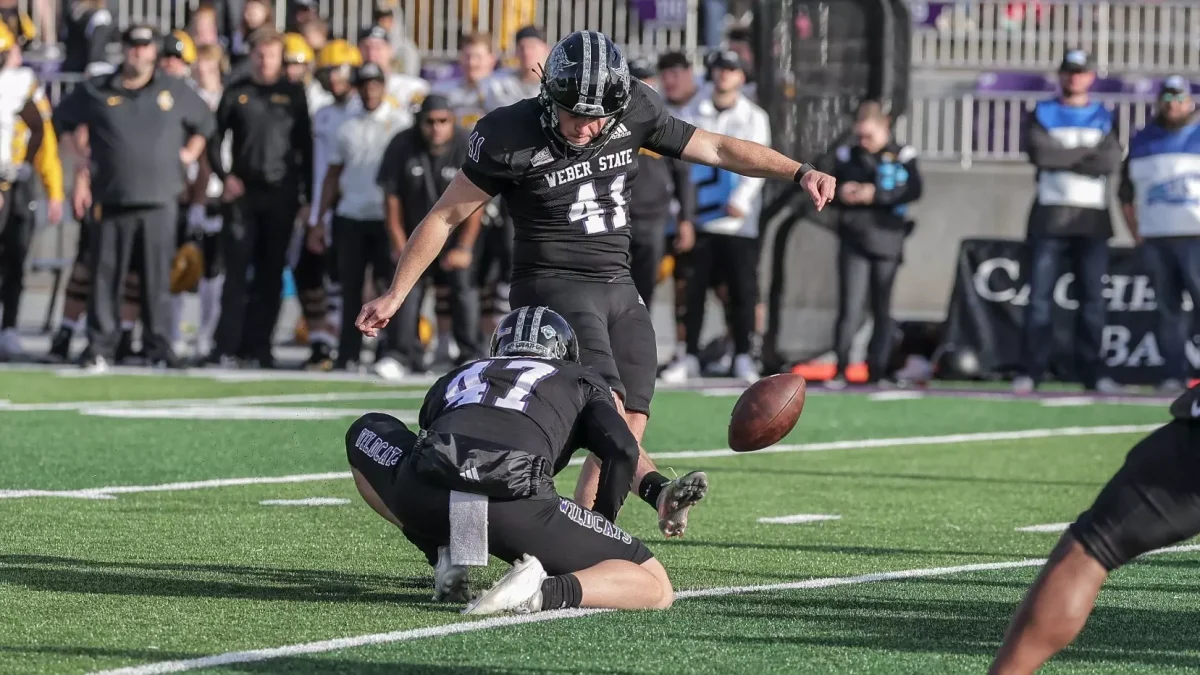Weber State University hosted Jonathan B. Singer, a clinical social worker and associate professor of social work at Loyola University Chicago, to speak about suicide awareness and prevention on Feb. 20.

In 2017, suicide was the leading cause of death for people ages 10 to 24 in Utah, and the state’s rates have consistently been higher than the overall national rate. Over 650 individuals committed suicide this last year, an increase of 42 individuals from 2016, according to the Utah Department of Health.
To put that into perspective, on average, one person commits suicide every 14 hours in the state of Utah.
Although women are three to four times more likely to attempt suicide than men, men are four times more likely to complete suicide.
Dr. Barrett Bonella, professor of social work in the gerontology department at Weber State, said, “Suicide is definitely something that we have to be aware of, especially in knowing that people’s lives are worth living. They aren’t burdens to each other, and if they feel alone, they don’t have to be alone.”
Singer explained that suicide prevention is not a perfect science. Singer believes what’s most important is spreading the message that suicide is preventable and teaching institutions how to help youth who may be struggling.
Suicide and its effects are significant issues within the community, and the best way to be aware of them is by knowing what’s true and what’s not. Singer discussed common myths and misconceptions related to suicide, the first being that those who are suicidal are considered weak.
A common myth of suicide is if they were strong, they wouldn’t have thoughts about ending their life.
“What’s true is that people are suicidal in spite of their enormous strength and courage,” Singer said.
Singer explained sometimes people who are struggling with thoughts of suicide need a reminder of the strength they already have — as do those who may struggle with the pain of it.
“It’s not about getting rid of it. It’s about figuring out what that pain means,” Singer said.
Singer talked about the danger in assuming every adolescent has had thoughts about suicide and assuming those who ask about suicide are deemed suicidal, referring to myths number two and three.
“You don’t want to say that every adolescent thinks about suicide,” Singer said. “It takes something that is important enough to share with others, and it turns it into something that doesn’t seem like a big deal.”
Epidemiologist Madelyn Gould did research on schools and suicide rates in New York. Gould created a two-day study on the risk of suicide in middle school aged students by surveying the students about their thoughts on suicide, along with their levels of stress and depression.
The survey began by asking questions about distress, followed by questions about suicide risk and depression, and ultimately ended by asking the same questions about distress. Two days later, the students were asked the same questions from the previous survey.
From the survey, Gould found students who answered that they had been thinking about suicide reported a decrease in their level of distress from the start of the survey to the end, and that decrease persisted two days later. Students who said they had not been thinking about suicide had no change in their level of stress from the beginning of the survey to the end and two days later.
Singer explained that not only does asking questions about suicide not increase the risk of suicide, it seems to actually relieve stress among kids who are thinking about killing themselves.
“So, the next time you are around someone who says that, whether it’s in person or online, don’t be afraid to ask the question, ‘Have you thought about ending your life?’ because you’re not going to put the idea in their head,” Singer said.
A few warning signs to be aware of when helping others include expressing hopelessness about the future, withdrawing or changing their social connections, being agitated or irritable, being angry or hostile when it’s out of character for them and changes in sleep.
“In the presence of talking about suicide and these warning signs come up, you absolutely should be asking about them,” Singer said.
Regarding myth number four, there is a common misconception that suicide is a “white people” problem, yet suicide kills people of all ethnicities. Although suicide rates among Asian, Pacific Islander and Hispanic populations are significantly lower than Caucasian populations, every ethnicity is still at risk.
“It’s true that suicide is a ‘white people’ problem, but it is not exclusively a ‘white people’ problem,” Singer said.
Singer maintained that suicide is preventable. Even those with the highest risk of suicide still have parts of them that want to live.
“What you need to do is look for the parts of them that want to live and then amplify those,” Singer said.
Breaking a few of the final myths regarding suicide, such as those who want to die can’t be saved and that suicidal individuals are selfish for their feelings and thoughts, Singer emphasized that schools and communities can play a great role in suicides by learning and paying attention to warning signs.
“There are four major things that protect Utahans from suicide: family, community, school and peers,” Singer said.
Weber State has the Counseling and Psychological Services Center, which has trained professionals to help individuals work through these feelings, as well as multiple 24-hour crisis hotlines, including the National Suicide Prevention Lifeline, available for students and anyone in need.



















